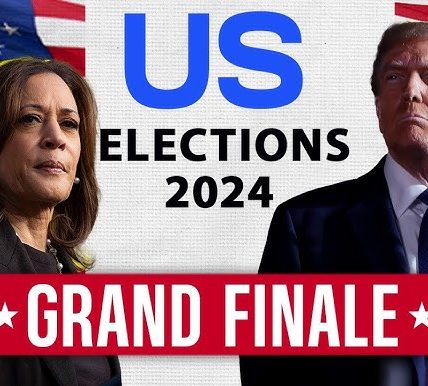America’s Political Crisis: How Increasing Polarization and Leadership Failures Fuel Violence
The recent rise in political violence in the U.S. highlights a critical crisis fueled by increasing polarization and leadership failures. These violent incidents are not isolated but reflect broader issues within American society and governance.
Historical Context of Polarization
Political polarization has intensified over the past three decades. In 1994, only 21% of Republicans had a very unfavorable view of Democrats, and 17% of Democrats viewed Republicans similarly. By 2022, these numbers had surged to 62% and 54%, illustrating a significant increase in partisan hostility.
Leadership and Rhetoric
Current U.S. leaders, including Joe Biden, Donald Trump, and Kamala Harris, are often seen as contributing to the problem. Biden’s presidency, despite its promises of unity, has been marked by increasing divisions. Trump’s controversial actions and legal issues, coupled with Harris’s policy inconsistencies, contribute to a polarized and unstable political climate.
Impact of Social Media
Social media exacerbates political tensions. High-profile tech figures, such as Elon Musk, contribute to the problem with inflammatory posts. Musk’s recent tweet questioning why Kamala Harris hasn’t faced violence like Trump highlights how social media can exacerbate political divides and incite violence.
Addressing the Crisis
To address this crisis, the U.S. must focus on both immediate and systemic solutions. While gun control is a critical component, leaders must also work to heal political divides and foster a culture of respect and unity. Efforts like Biden’s recent symbolic gestures, though well-intentioned, need to be part of a broader strategy to address the underlying issues.






